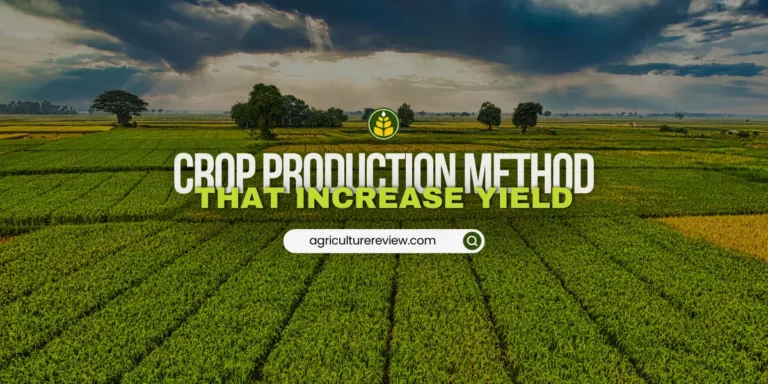The Second Agricultural Revolution also known as the British Agricultural Revolution took place between the mid-17th and late 19th centuries. During this period agricultural number labourers and soil productivity increased which resulted in the increase of overall yield.
Due to an increase in food production, the population in England & Wales also increased rapidly from 5.5 million people in 1700 to over 9 million people by 1801. However, the Second Agricultural Revolution was not only limited to Britain but also other countries in Europe, East Asia & North America, much like the Neolithic Revolution that occurred in many regions across the world.
The Second Agricultural Revolution was termed “The British Agricultural Revolution” because it started in Britain.
The second agricultural revolution is often linked to the cause of the Industrial Revolution. To understand how the Second Agricultural Revolution is linked to the Industrial Revolution, let us look at this classic example:
Imagine you’re looking at how much food one farmer can produce in a year in the UK (Britain) and how it changed over time. We’re using the year 1700 as a starting point and calling it 100 for simplicity.
- In the year 1500, one farmer could produce about 50 units of food.
- In 1550, they could produce about 65 units.
- By 1600, it went up to 90 units.
- In 1650, it crossed 100 units.
- Then, by 1750, it had gone up to over 150 units.
- It really took off after that, reaching over 250 units by 1850.
Now, what’s interesting about this is that as farmers became more productive (making more food per person), there was less need for as many people to work in farming. So, many folks moved from rural areas (farms) to cities to work in factories during the Industrial Revolution, where they made things like textiles and machinery.
So, in a nutshell, this increase in agricultural productivity is linked to the reason why the Industrial Revolution happened. When fewer people were needed to grow food, more people were available to work in factories, which provoked the big shift from agrarian societies to industrial societies.
Developments During Second Agricultural Revolution
Many historians still debate that the Second Agricultural Revolution was not a single event that led to the changes in agriculture, but a series of revolutions that occurred between 1400 to 1800. However, these are some of the important changes, innovations and new ideas that happened during the period of the Second Agricultural Revolution are as follows:
- Crop Rotation: Farmers started using a four-course crop rotation system in which they started planting different crops like turnips and clover instead of fallow. This helped farmers to keep the soil healthy.
- Improved Plough: The Dutch made changes to the Chinese plough so that it could be pulled by fewer oxen or horses, making farming more efficient.
- Enclosure: This means taking away common rights to land and making it privately owned, due to this farmers started owning land.
- National Market: They created a national market where goods could be bought and sold without extra fees like tariffs or tolls.
- Better Transportation: They built better roads, canals, and later on, railways due to which transportation of goods improved leading to better market access.
- Land Improvements: They worked on improving the land by draining wet areas and reclaiming land from the sea.
- Bigger Farms: Farms got bigger in size, which allowed for more efficient farming.
- Selective Breeding: Farmers started breeding animals selectively to get better traits in their livestock.
All these events took place gradually which resulted in increased food production and innovation in agriculture to which what we collectively call as the Second Agricultural Revolution or The British Agricultural Revolution.





